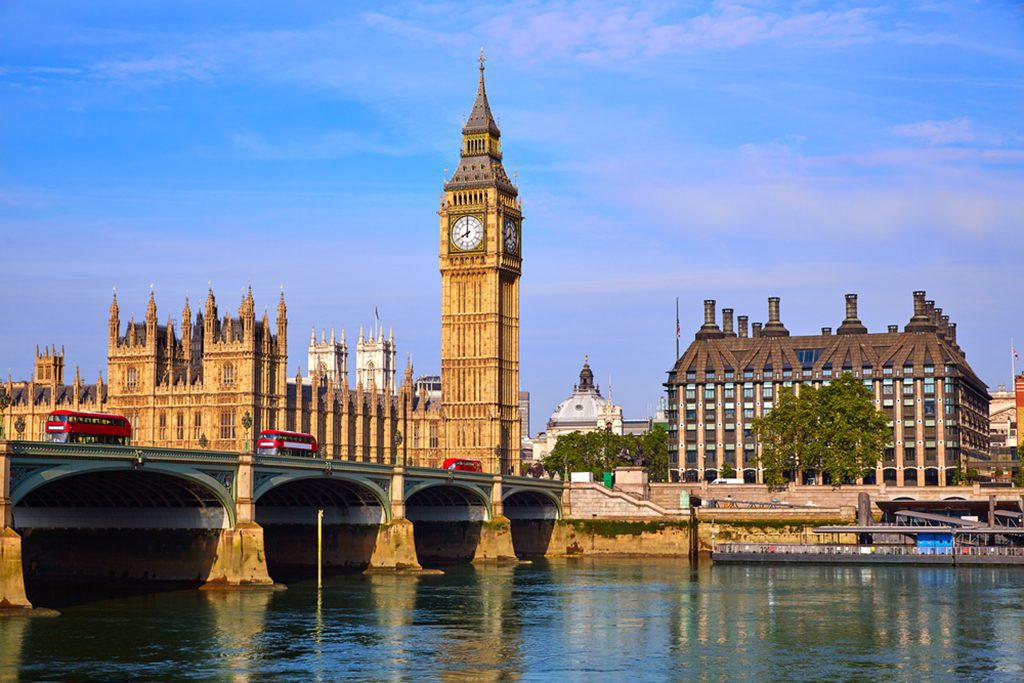England has always been a tourist hotspot, and it’s not hard to see why since the country is home to the likes of Buckingham Palace, The Beatles, pubs, Harry Potter, and the Premier League. Plenty of visitors come to soak up the vibrant local culture and see the many museums and historic landmarks found in the country’s major cities, while others come to enjoy the picturesque landscapes and sleepy little towns and villages that dot the countryside.
England, which is a part of the United Kingdom, takes up the middle and southern two-thirds of Great Britain, as well as a number of smaller islands and archipelagos. It is bounded to the north and west by Scotland and Wales, and it is only separated from the rest of Europe and neighboring Ireland by narrow waterways and tiny oceans. The majority of the land is used for farming, but it also has lush woods, winding rivers, and a beautiful coastline with hidden beaches and picturesque coves, as well as rolling hills and dazzling lakes like the Pennines and Lake District.
London, the island nation’s bustling metropolis, is a must-see due to the many famous monuments found there. Big Ben, Westminster Abbey, and the Tower of London are just a few of the city’s many famous landmarks that draw tourists. The city also has world-class museums, theaters, restaurants, and nightlife.
Although most first-time tourists focus on seeing London and its famous attractions, there are a seemingly unlimited number of activities to do in and around England. Visit the vibrant metropolises of Manchester and Liverpool, or take in the history and culture of smaller towns like Brighton and York, or go to the academic meccas of Oxford and Cambridge.
Travelers looking to escape the hustle and bustle of the city may rent a car and explore the picturesque towns and breathtaking landscapes of the English countryside, like the Cotswolds, Lake District, or Peak District. Hadrian’s Wall and Stonehenge are only two of the many remarkable historical monuments that can be visited in the area, along with the many beautiful beaches and charming coastal villages.
We all have our own tired stereotypes about England, and there are many. From red-topped double-decker buses to quaint thatched cottages and stately manors; quaint rural inns serving up cream teas to eccentric nobles; and dreary, wet days. Tourists will discover that it doesn’t rain nearly as frequently as they were led to believe, that there are many more Indian restaurants than fish and chip stores, and that a large number of excellent tourist sites can be found in a surprisingly compact region of England.
10. Hadrian’s Wall

The Romans constructed Hadrian’s Wall to keep the indigenous peoples of Scotland away from their colony in Britannia. It reaches from the Irish Sea all the way across northern England to the North Sea, a distance of 117 kilometers (73 miles). Following a visit by the Roman Emperor Hadrian in 122 A.D., construction began and was substantially finished within six years. Only fragments of this once-great wall remain today. All the way from Wallsend to Bowness-on-Solway, the wall is followed by a national trail.
9. Warwick Castle
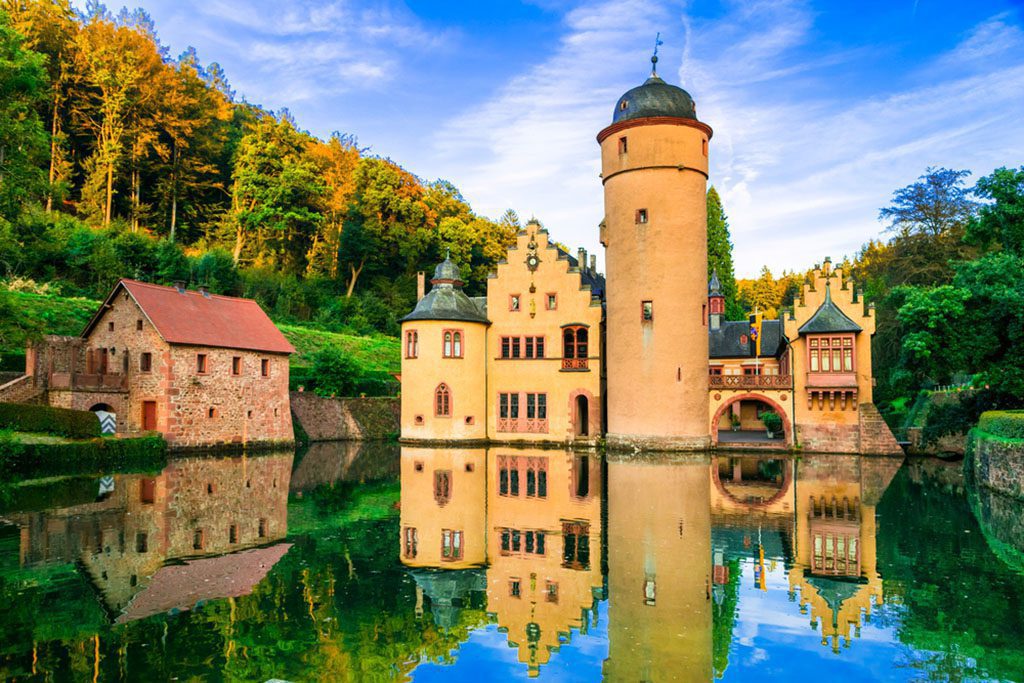
Warwick Castle was first constructed out of wood in 1068 by William the Conqueror, but it was later reconstructed out of stone in the 12th century. When the town’s outside was refortified during the Hundred Years’ War, the result was one of the most well-known examples of military architecture from the 14th century. One of the most visited tourist destinations in England, Warwick Castle was included in the list of the country’s “Top 10 historic homes and monuments” in 2001.
8. Lake District
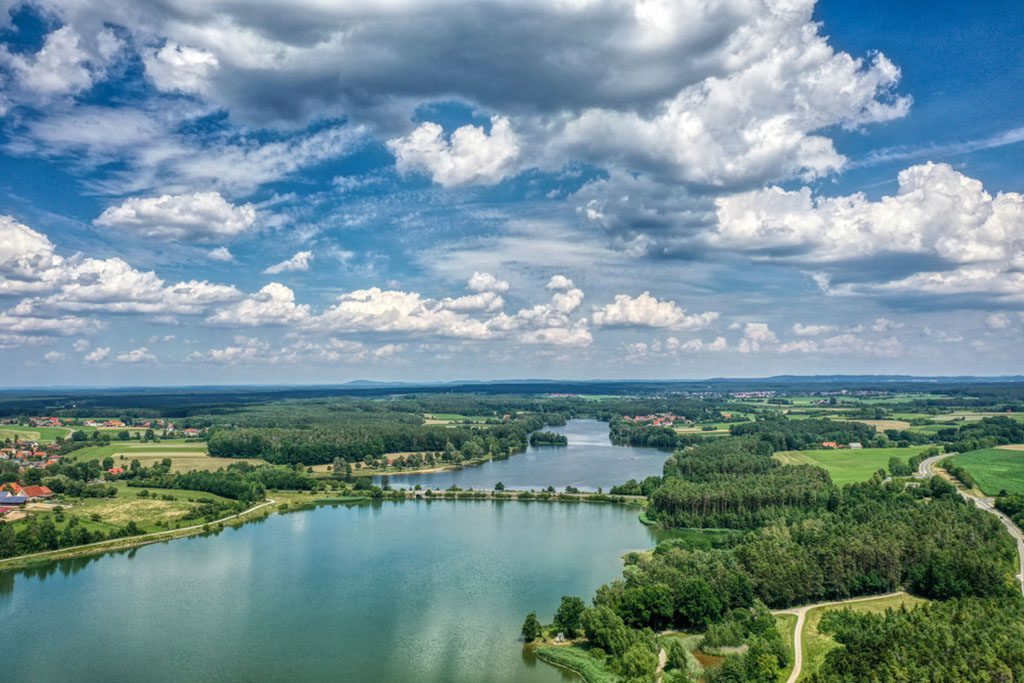
The Lake District, part of Cumbria in northwest England, is the country’s biggest national park. The glacial lakes and fells (mountains and hills) that were formed by the ice are the major draws here. It’s the best place in England to go climbing or trekking. About 14 million people from all over the world visit the park every year.
7. Tower of London
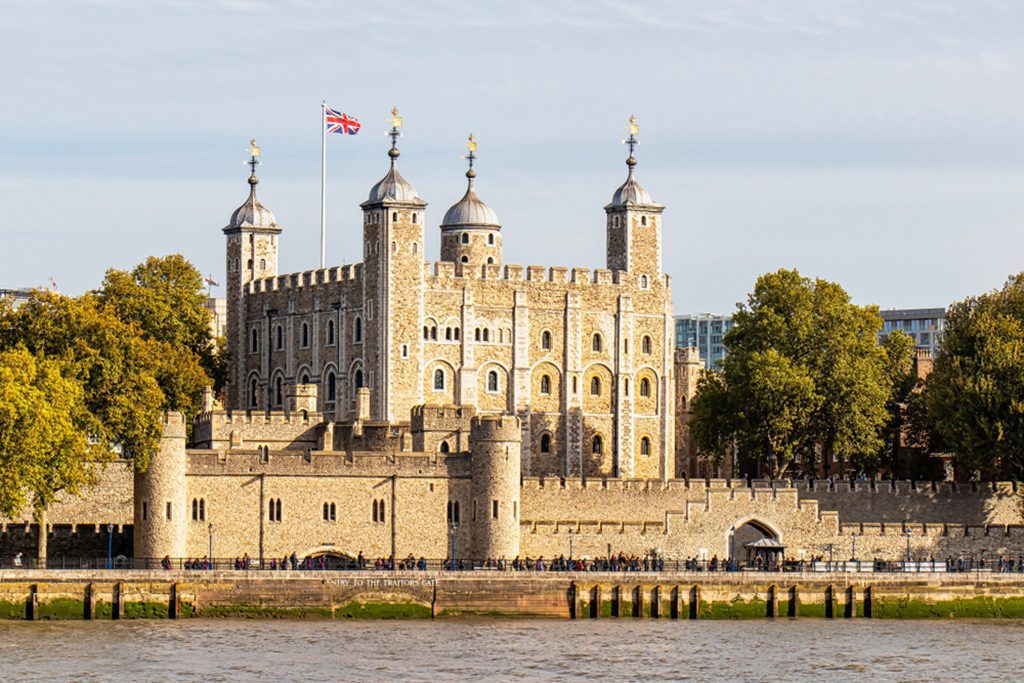
A beautiful view of people’s daily lives and the iconic architecture of London. Image source: Xann Marketing/Shutterstock.com
While it was a jail from the year 1100 until the middle of the 20th century, the Tower of London is now the official home of the British Crown Jewels. The castle was originally built as a royal palace in the winter of 1066 as part of the Norman Conquest of England. It has been said that the Tower of London is the most haunted structure in all of England. Anne Boleyn’s spirit, among others, has been said to linger in the tower.
6. The Cotswolds
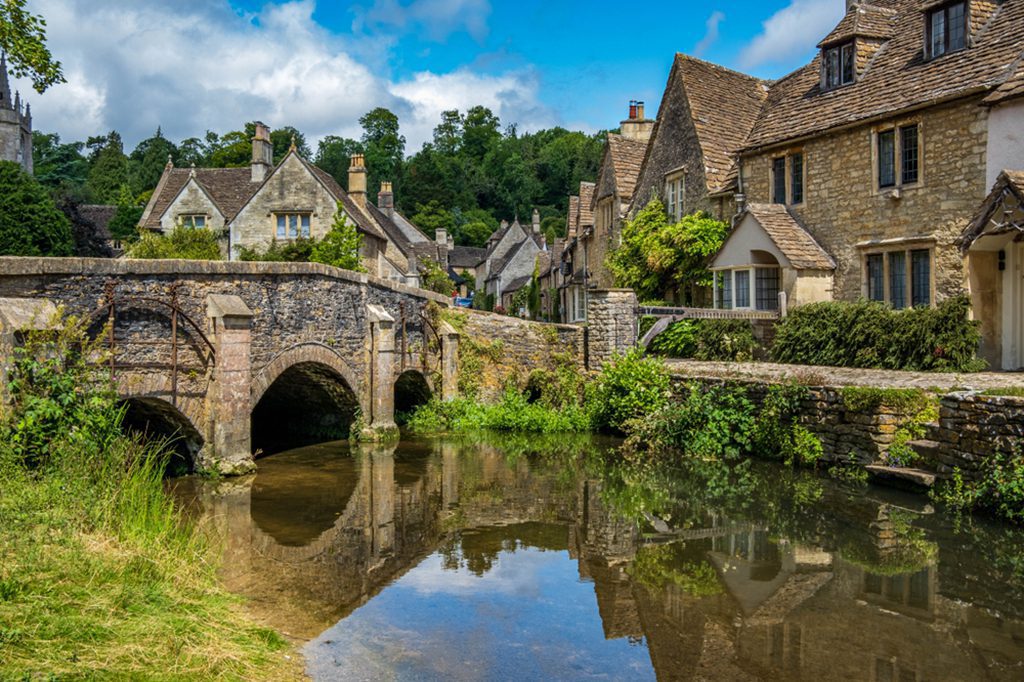
A picturesque view of Castle Combe, a charming village in the Cotswold region of England. Image source: LC_Captures/Shutterstock.com
A group of moderate hills in south central England are referred to as the Cotswolds, with the main range’s highest point being 330 meters (1083 feet) above sea level. Stone-built villages, medieval towns, and grand manors and gardens have made this area famous. The picturesque Cotswolds are a famous tourist destination not far from London and other major English cities.
5. Durham Cathedral
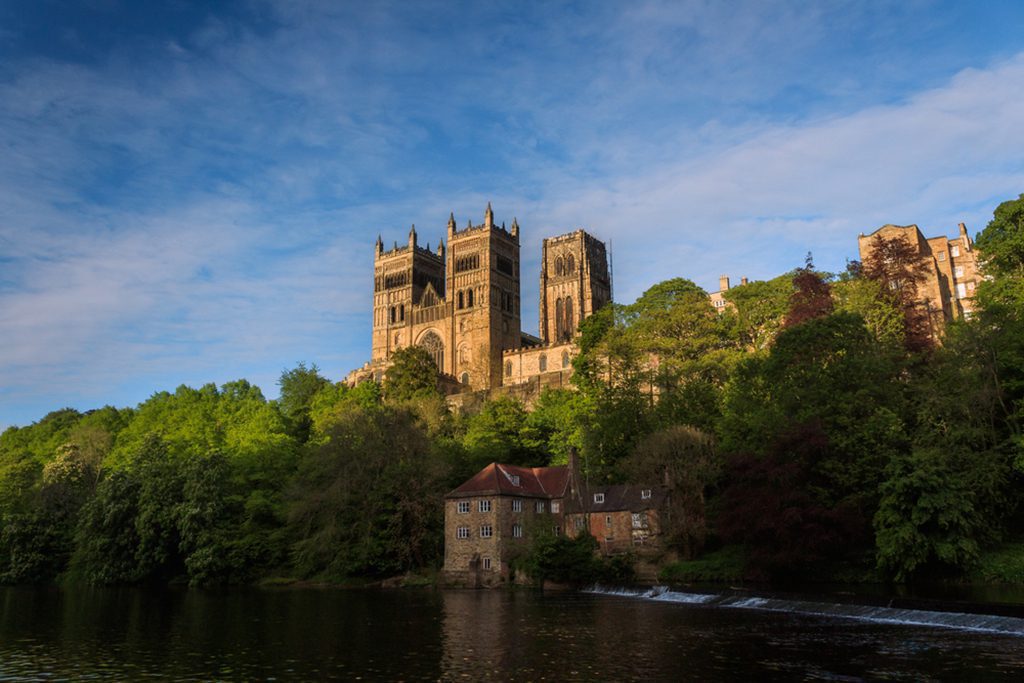
A stunning view of Durham Cathedral during a beautiful summer sunset. Image source: Bernal Photo/Shutterstock.com
The city of Durham in northeastern England is home to Durham Cathedral, the largest and most impressive Norman structure in all of England and maybe all of Europe. Its unparalleled natural surroundings are just as prized as its stunning architecture. On August 12th, 1093, the first stone was set for what would become Durham Cathedral. The building has undergone significant rebuilding and expansion since then, although the majority of it still retains its original Norman style. In a 2001 BBC survey, Durham Cathedral was chosen as England’s most beloved structure.
4. York Minster
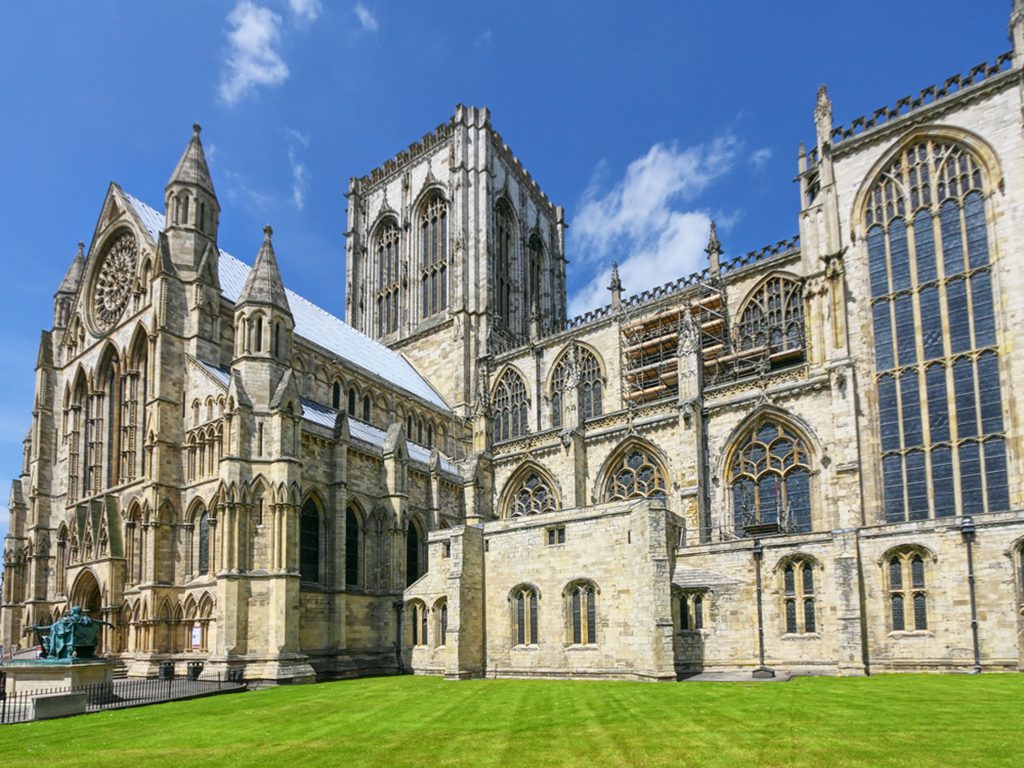
This photograph captures the stunning architecture of York Minster, a historic cathedral located in the city of York, England. The cathedral, which dates back to the 7th century, is known for its impressive Gothic architecture and beautiful stained glass windows. Photo Contributor: WDG Photo / Shutterstock
York Minster, along with Cologne Cathedral in Germany, is one of the two biggest Gothic cathedrals in northern Europe. York Minster is a perfect example of the whole history of Gothic architecture in England. Starting in the 1230s, construction on the current structure continued until 1472. The cathedral’s “Great East Window” is the biggest single piece of medieval stained glass in existence.
3. Windsor Castle
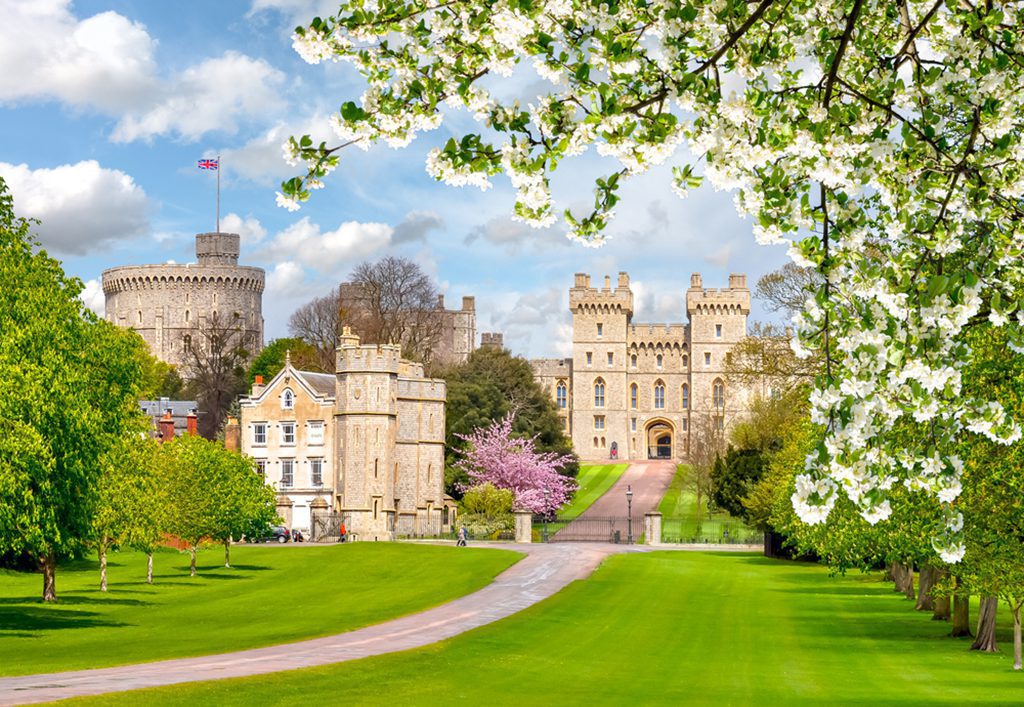
A scenic view of the long walk leading to Windsor Castle during the spring season in London suburbs, UK. Image source: Mistervlad/Shutterstock.com
Windsor Castle, located around an hour west of London, is generally cited as the biggest and oldest inhabited castle in the world. Queen Elizabeth II uses the castle as a weekend retreat and for official and personal events throughout the year. Henry II, who ascended to the throne in 1154, oversaw the construction of the first still-standing structures in Windsor. The beautiful State Apartments and St. George’s Chapel are only two of the many sights open to the public within the castle.
2. Big Ben
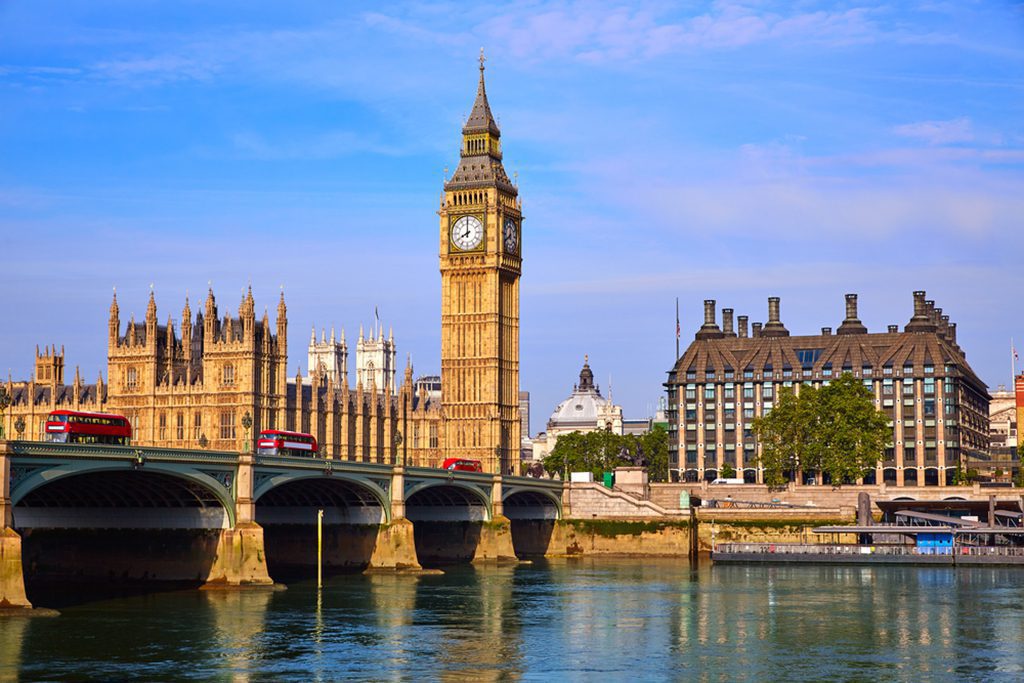
A picturesque view of Big Ben clock tower and Thames river in London, England. Image source: lunamarina/Shutterstock.com
Big Ben, London’s iconic clock tower that has stood for 150 years, is a must-see. Although the clock tower is known as “Big Ben,” the 13-ton bell housed inside the tower gets its moniker from Sir Benjamin Hall, who originally commissioned the bell. It has the distinction of being the world’s third-largest freestanding clock tower. This iconic timepiece has been used in several films as a stand-in for London and England. For instance, in the film Mars Attacks!, Big Ben is blown up by alien spaceships.
1. Stonehenge
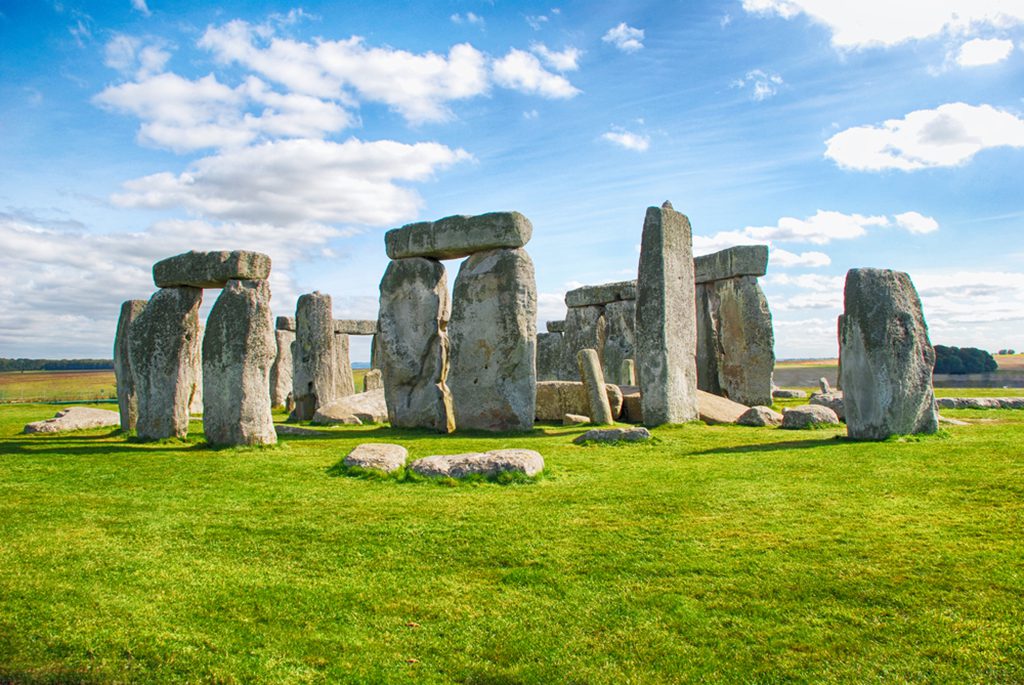
A magnificent view of Stonehenge with a blue sky in the background. Image source: Mr Nai/Shutterstock.com
Stonehenge is one of the most visited tourist destinations in England and is considered to be one of the most significant prehistoric monuments in the world. Since it was constructed by an ancient civilization that abandoned no written records, many of Stonehenge’s characteristics are still up for grabs. The big stones were likely set up sometime about 2500 BC. Stonehenge’s original purpose is a mystery, although many experts think it was a place of worship or ritual.


